On this page you will find the various research emphases of the Institute for the History of the German Jews, with the current and completed research projects assigned to each.
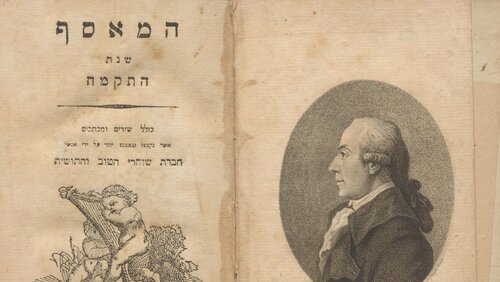
History of Education and Science
In the Ashkenazic cultural area, Jewish learning was for a long time concentrated on Talmudic studies. Not until the Haskalah, the Jewish Enlightenment, at the end of the eighteenth century, a movement was formed that mediated between Jewish teachings and the sciences and established modern Jewish schools with religious and secular teaching content. The research focus on the history of education and science deals with enlightened educational concepts that were intended to manage the transition of Jewish children from traditional parental homes to modernity and it provides information about the independence of Jewish education in the field of tension between state requirements and traditional values.
In this context, researchers’ attention focuses on the one hand on the recovery, evaluation, and editorial provision of rare scholastic writings as well as archival manuscripts. On the other hand, biographies of Jewish scholars who were influential in their time provide insights into the history of the “Wissenschaft des Judentums” (“Science of Judaism,” “academic study of Judaism”), which first took a position in the German-speaking world in the 1820s. Against the traditional interpretations of the pre-modern era, it presented a new model of interpretation of Jewish religion, history and culture, which it sought to make accessible using the methodological tools of academic philology, historiography, and philosophy. In addition to historical research, the IGdJ also turns its attention to contemporary developments in the reemergence and reestablishment of Jewish schools and educational institutions under the conditions of the German immigration society in the twenty-first century.
relevant Research Projects
![[Translate to English:] [Translate to English:]](/fileadmin/_processed_/e/8/csm_Cover-1_2af7585f46.jpg)
Emigration – Interpretation of the Times – Contemporary History. Eva G. Reichmann (1897–1998)
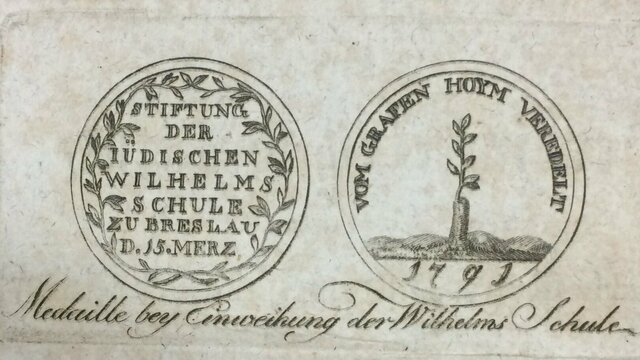
Joel Bri’l Löwe: The Breslau School Reports in Context (1791–1801)
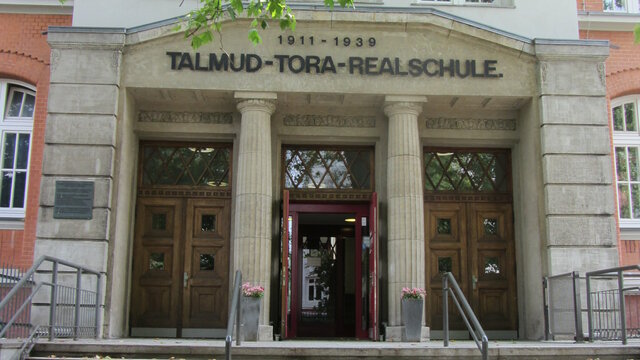
Religiously Coded Constructions of Difference – Jewish Perspectives
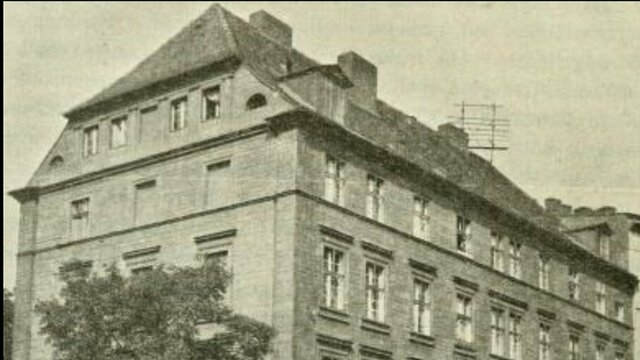
Science of Faith? – Science of Judaism in the Nineteenth Century between Denominational Theology and Empirical Research
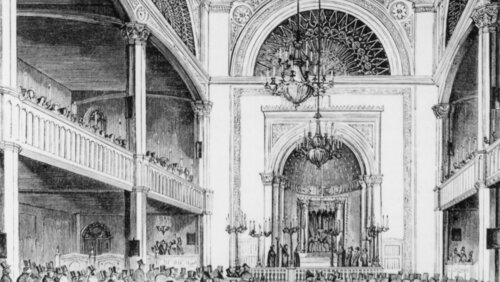
The Long Nineteenth Century
An epochal focus of research at the IGdJ is the modern era, and in particular the period extending from the Jewish Enlightenment through the Emancipation Era to the Kaiserreich and the First World War. For German-Jewish history, the Haskalah in the late eighteenth century marks a turning point towards modernity, setting the course for a profound political, social, economic, cultural, and religious transformation that was to unfold in the nineteenth century. In various research projects, academic staff members investigate a variety of themes, territories, time periods, and narratives whose ambivalent interpretations oscillate between histories of success and loss. In doing so, they repeatedly explore how the Jewish past can be assigned a specificity and at the same time be told as a general history.
relevant Research Projects
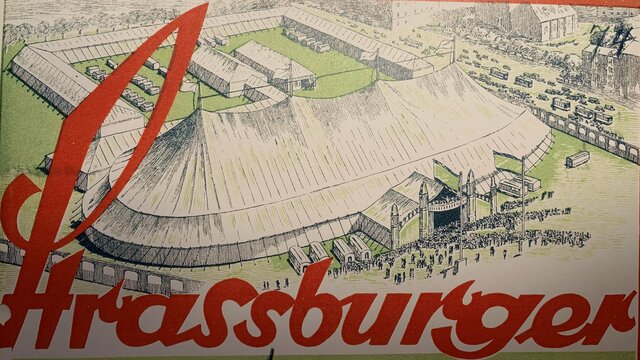
Fascination and Foreignness – The German-Jewish Circus Companies Blumenfeld and Strassburger from the Kaiserreich to the Post-War Period
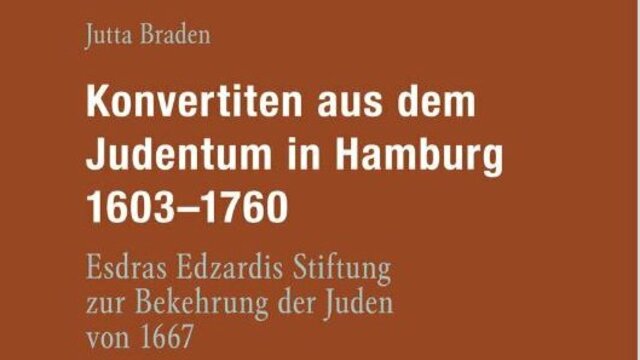
From ‘Edzard’s Jewish Converts’ Home’ to the ‘Edzardi Foundation.’ Jewish-Christian Relations, Jews, and Converts from Judaism in the Mirror of a Hamburg Foundation for the Mission to the Jews from the Seventeenth to the Twentieth Century
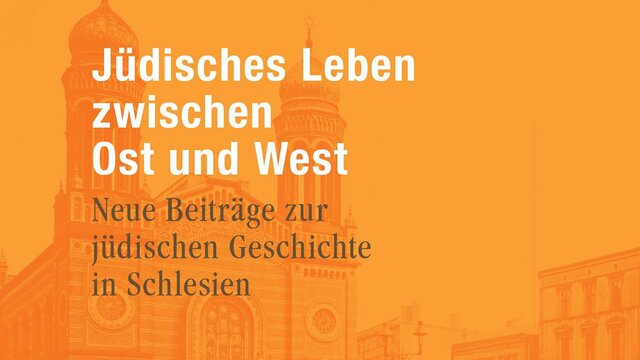
History of the Jews in Silesia
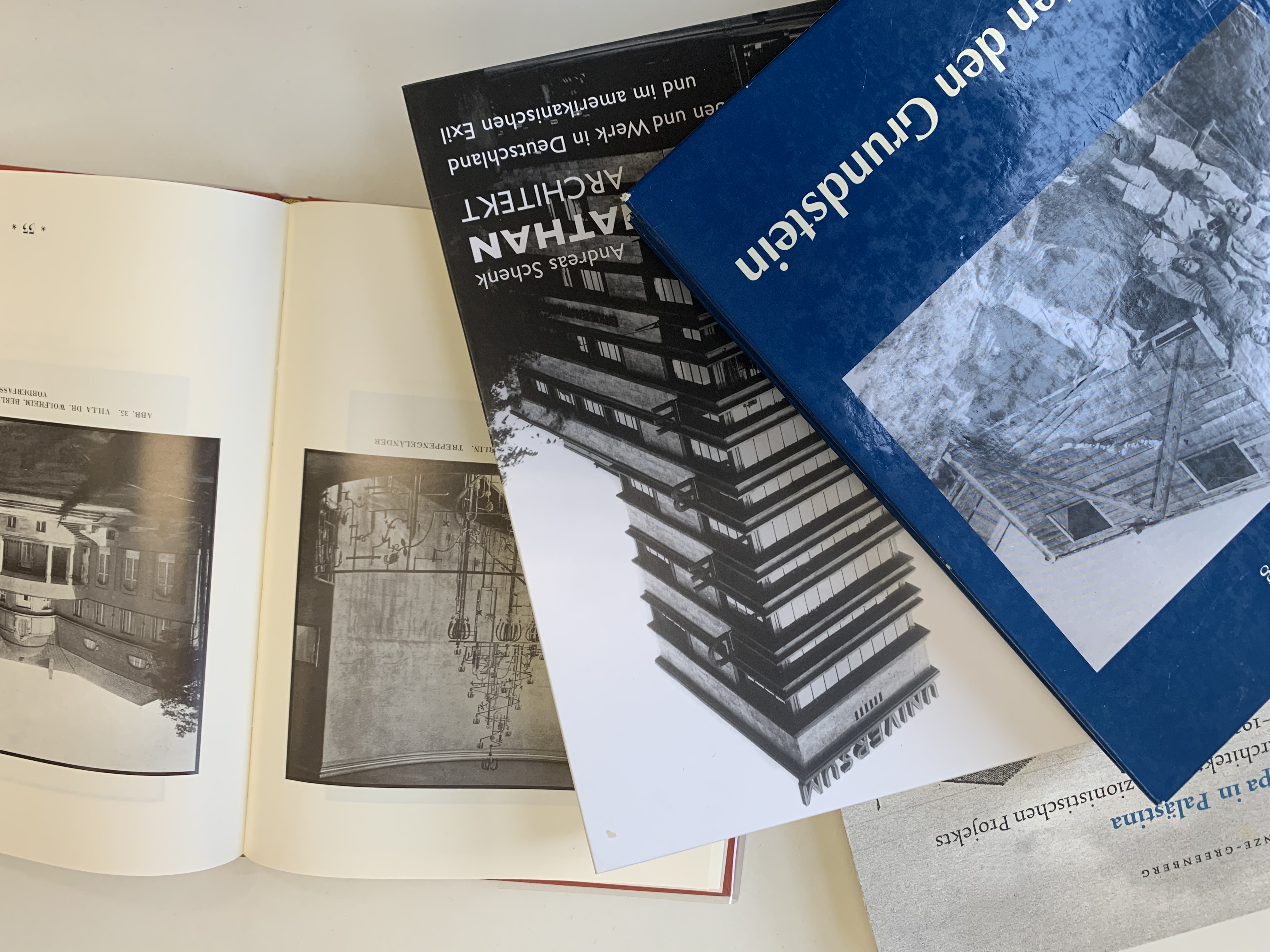
Jewish Paths toward Architecture. German-Jewish Architects in the First Half of the Twentieth Century
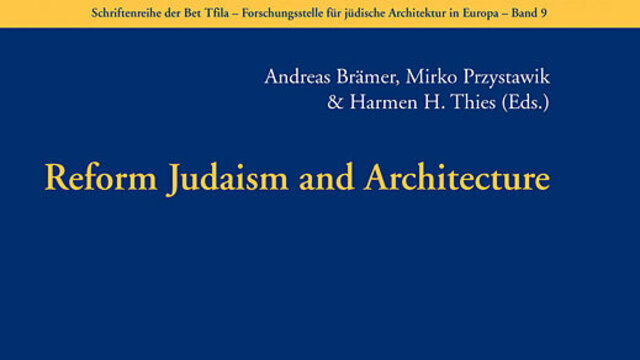
Jewish Reform and Architecture

Joel Bri’l Löwe: The Breslau School Reports in Context (1791–1801)

Science of Faith? – Science of Judaism in the Nineteenth Century between Denominational Theology and Empirical Research
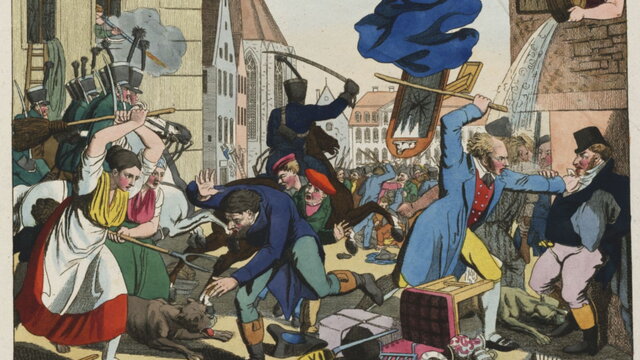
Vor dem Pogrom. Antizipierte Gewalt in der modernen jüdischen Geschichte
![[Translate to English:] [Translate to English:]](/fileadmin/_processed_/5/6/csm_csm_DoJ_Notice_1942_f403a425c1_6cf4cab6b1.jpg)
»Enemy Aliens«. The Status and Treatment of Foreign Civilians in Modern War
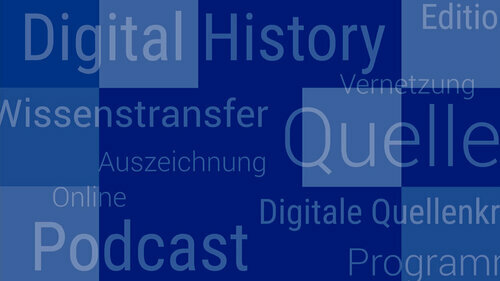
#DigitalJewishHistory
The Institute for the History of the German Jews is continuously expanding its digital history emphasis. This effort focuses on innovative formats that combine technical developments, new digital methods, and content-related issues. In the broad and dynamic field of Digital Humanities, the IGdJ looks closely into the area of Jewish history with its special challenges. By making research findings and debates widely visible and generally comprehensible, the Institute provides an important transfer of knowledge to the general public. At the same time, the data and experience garnered in the project work furnish new impulses for scholarship. For example, the potential of digital means is used to complement conventional source criticism and historical editing work, or to enable more in-depth research and analytic activities through technical functionalities.
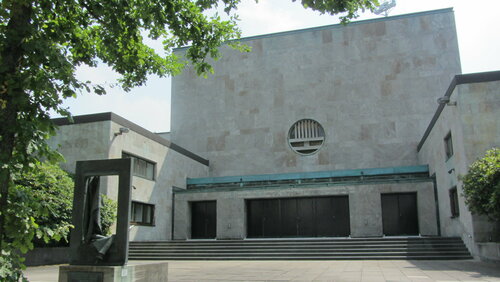
'Jewish Building'
Jewish life manifests itself, among other things, in ritual and secular buildings erected by Jewish communities, institutions, and private individuals. In addition to synagogues and community centers, these included and still include retirement homes, cemetery buildings, kindergartens, hospitals, ritual baths, schools, and orphanages. Not only a contemporary expression of Jewish self-image, the buildings are also shaped by the possibilities and conditions imposed by non-Jewish society and the meanings attributed to them by the (media) public. During Nazism, Jewish architecture was often destroyed, and properties and buildings were “Aryanized.” After 1945, “Jewish construction” is therefore determined by the impetus of realizing anew the building tasks of the Jewish communities. Furthermore, questions arise about the (heritage-based) handling of preserved buildings as well as about the culture of remembrance. Finally, “Jewish construction” also means examining the biographies of Jewish architects, engineers, and builders – both with regard to their activities for the communities and in their relationships to a non-Jewish environment.
relevant Research Projects
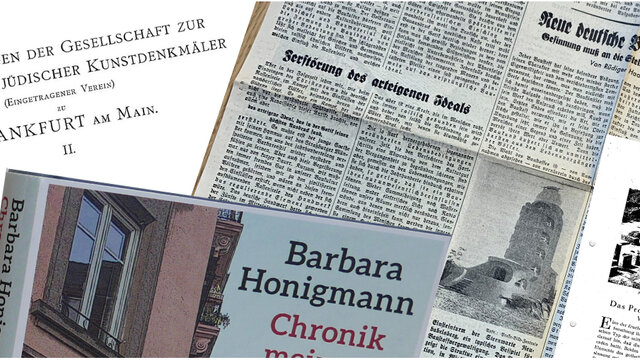
Constructions of Jewish Cultural Heritage in Theoretical-Critical and Literary Texts on Architecture and Space

Jewish Paths toward Architecture. German-Jewish Architects in the First Half of the Twentieth Century

Jewish Reform and Architecture
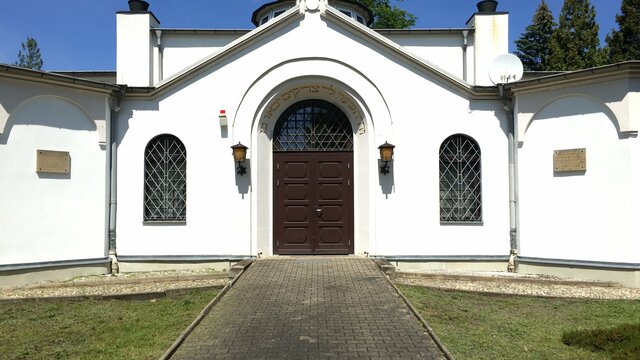
“Jewish Construction” between 1945 and 1989/90 in the Federal Republic and the GDR. Possibilities, Limits, and Spaces
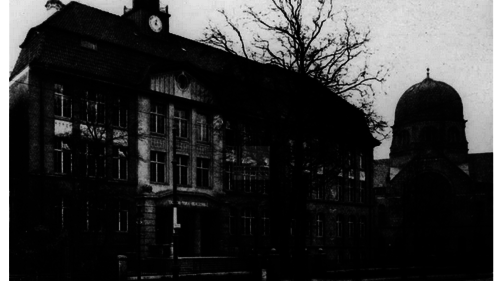
Jewish Life Worlds in the Hamburg Area
Traditionally, the Jewish history of Hamburg has been a research emphasis of the IGdJ. The focused perspective on the Hanseatic City makes it possible to use it as a magnifying glass or comparative background to expand events and processes of local history by their regional, national, or transnational facets. Hamburg is particularly suitable for examining more general questions of Jewish history or topics of religion, culture, politics, economy, and trade based on a concrete example. In today’s Hamburg area, there were not only three communities (Altona, Hamburg, and Wandsbek), located close to each other and yet in different historical territories, but also Ashkenazic and Sephardic traditions. Furthermore, the Hamburg area has special relevance for Reform Judaism and for Jewish migrations, meaning that through corresponding studies – such as on the settlement of the Persian-Jewish community since the 1950s – the local dimension can always be introduced into a larger context. The exceptionally good source situation due to the preservation of the communal archives, which tells a Jewish history of the city going back more than 400 years, represents a special treasure for researchers.
relevant Research Projects
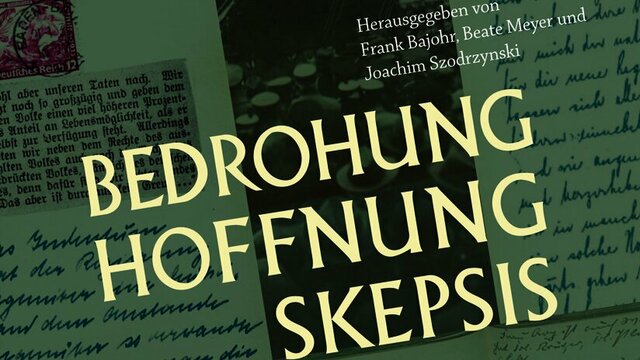
Editing Project: “A Revolution is Taking Place with an Unknown Outcome.” Four Hamburg Residents Experience the Year 1933. A Look at Contemporary Diaries
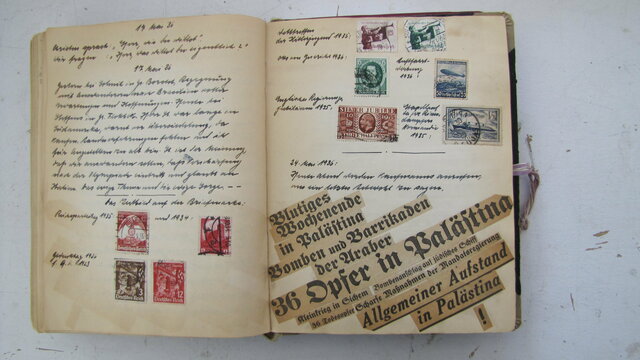
Edition of the Diaries of Kurt Fritz Rosenberg (1933–1937)
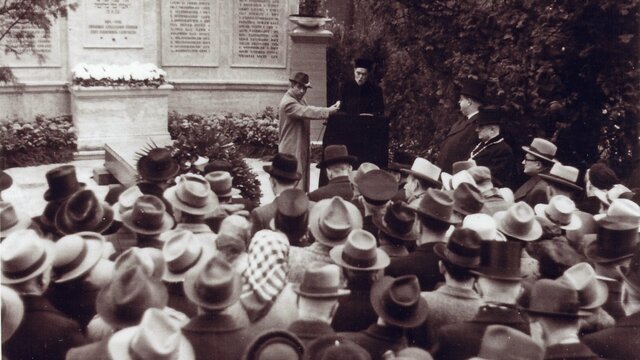
Fritz Benscher – a Biographical Study

From ‘Edzard’s Jewish Converts’ Home’ to the ‘Edzardi Foundation.’ Jewish-Christian Relations, Jews, and Converts from Judaism in the Mirror of a Hamburg Foundation for the Mission to the Jews from the Seventeenth to the Twentieth Century
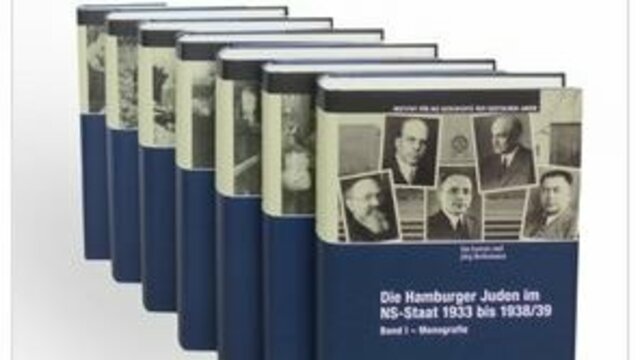
History and sources of the Hamburg Jewish Community (1933 to 1938)
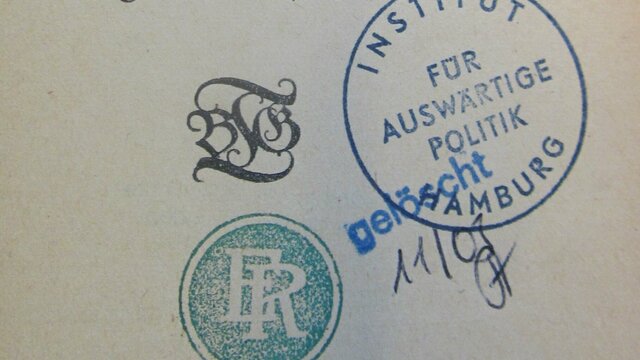
Nazi Looted Assets in the Library of the IGdJ
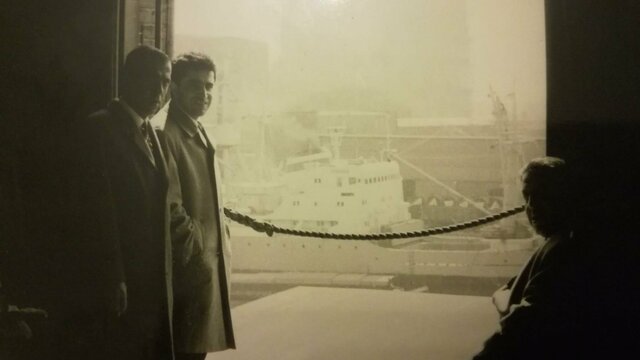
Persian Jews in Hamburg (1950–2000)
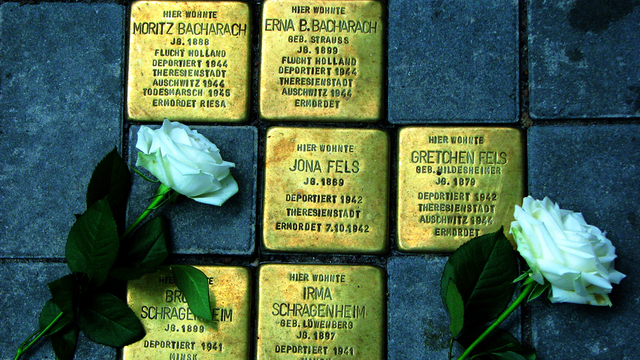
Stumbling Blocks in Hamburg – Biographical Search for Traces
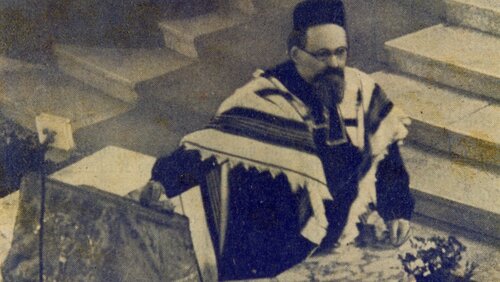
Jewish Religious History
Contrary to widespread belief, Jews did not form a monolithic unity in matters of faith at any time. A modernization of worship as well as the establishment of new theological foundations of faith mark important changes in the history of religion since the nineteenth century, when German Jews began to search for civic expressions of their religiosity. By about 1850, the religious spectrum was already composed of a variety of Orthodox and Reform currents. At the IGdJ, research projects from different disciplinary perspectives have addressed and continue to address various facets of these developments. The research is also concerned with the more recent past, in which a broad range of religious positions is seeking to reestablish itself permanently, especially under the influence of immigration from the states of the former Soviet Union.
relevant Research Projects
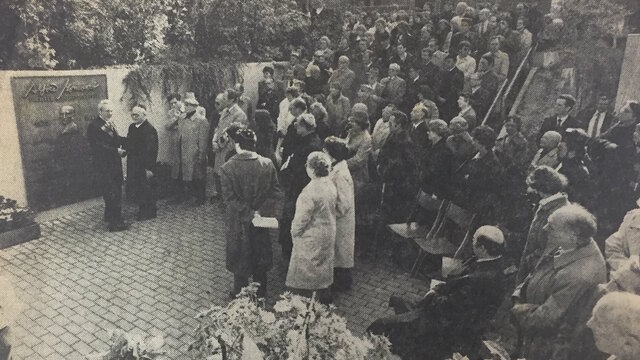
Fritz Pinkuss: A Modernizer on Both Sides of the Atlantic

From ‘Edzard’s Jewish Converts’ Home’ to the ‘Edzardi Foundation.’ Jewish-Christian Relations, Jews, and Converts from Judaism in the Mirror of a Hamburg Foundation for the Mission to the Jews from the Seventeenth to the Twentieth Century

Jewish Reform and Architecture
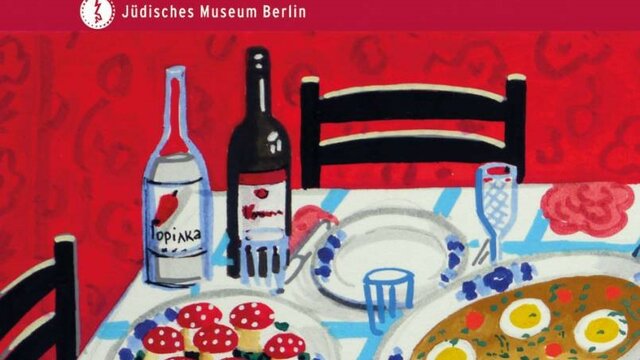
Lebenswirklichkeiten – Junge russischsprachige Juden in der deutschen Einwanderungsgesellschaft

Religiously Coded Constructions of Difference – Jewish Perspectives

Science of Faith? – Science of Judaism in the Nineteenth Century between Denominational Theology and Empirical Research
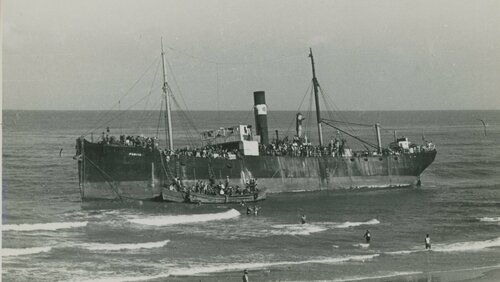
Migration History
For a long time, German-Jewish history and migration research have largely followed separate academic paths. The research focus at the IGdJ aims to contribute to bringing the two strands of research closer together, since Jewish history in particular is a prime example of the permanence of the phenomenon of migration in human history. By means of biographical, gender-specific, literary or sociological questions, the projects in this thematic emphasis expand the view of Jewish experiences of emigration, transit and immigration, flight, and expulsion. The lives of individual protagonists are linked to studies of concrete places and spaces – including the ship and the sea –, socio-political or economic factors, ideas and imaginations, as well as the international and transnational conditions of historical migration movements. Such linkage follows the aspiration to make Jewish history visible as a general history and to show not only the national narratives but also the complex and globally interwoven structures in the history of migration. In a number of ways, real existing as well as disciplinary, theoretical, and methodological boundaries are crossed.
relevant Research Projects
Drawing Boundaries through Humanitarian Aid Based on the Example of Jewish Migration to the USA between 1920 and 1950

Edition of the Diaries of Kurt Fritz Rosenberg (1933–1937)
![[Translate to English:] [Translate to English:]](/fileadmin/_processed_/e/8/csm_Cover-1_2af7585f46.jpg)
Emigration – Interpretation of the Times – Contemporary History. Eva G. Reichmann (1897–1998)
![[Translate to English:] [Translate to English:]](/fileadmin/_processed_/5/8/csm_ChenKartei_89ec43418b.jpg)
Foreign Jews in Nazi Germany

Fritz Pinkuss: A Modernizer on Both Sides of the Atlantic

Lebenswirklichkeiten – Junge russischsprachige Juden in der deutschen Einwanderungsgesellschaft

Persian Jews in Hamburg (1950–2000)

Vor dem Pogrom. Antizipierte Gewalt in der modernen jüdischen Geschichte
![[Translate to English:] [Translate to English:]](/fileadmin/_processed_/5/6/csm_csm_DoJ_Notice_1942_f403a425c1_6cf4cab6b1.jpg)
»Enemy Aliens«. The Status and Treatment of Foreign Civilians in Modern War
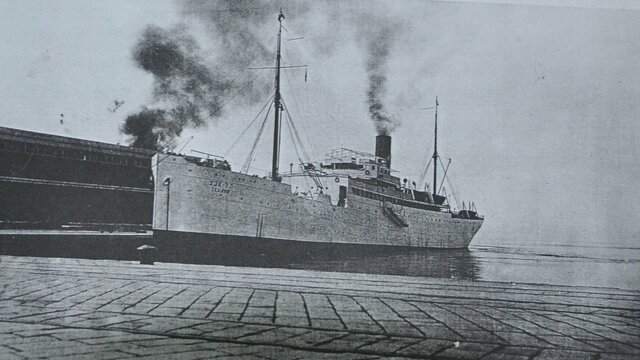
“Between Europe and Palestine: The Ship as Place in Jewish Migration History (1920–1939)”
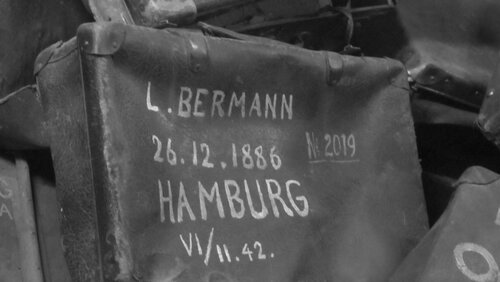
National Socialism and the Shoah in Terms of History and Impact
Jewish life was existentially threatened by Nazi persecution and extermination. Along the lines of an integrated history of the Shoah, a research focus has been established that examines the anti-Semitic policies of the Nazi regime in connection with individual and collective actions of Jews as well as the behavior of non-Jewish majority societies. Even and especially in times of distress, Jewish experiences were complex, as reflected in the situation of foreign Jews in the German Reich or the exile experiences of refugees. Projects on provenance research and the handling of former Jewish property combine history with post-event history.
Remembrance and commemoration are not only pillars of Jewish religion and tradition. These topics have also gained increasing critical attention in social and media debates. Generational upheavals raise new questions about witnessing and commemorating and have triggered discussions about a pluralization of cultures of remembrance, which take place within the Jewish Community as well. The IGdJ is dedicated to these discourses in research and knowledge transfer, considering it a mission to contribute scholarly expertise to the debates on commemorative policy. For example, the Hamburg Stolperstein Initiative, “Biographische Spurensuche” (“Biographical Search for Traces”), took shape at the Institute, and it has been receiving active support in the Institute’s research and commemoration work.
relevant Research Projects
![[Translate to English:] [Translate to English:]](/fileadmin/_processed_/7/f/csm_Raub_und_Restitution_ed7fc8d2b0.jpg)
After They Left – The Private Perception of the Holocaust
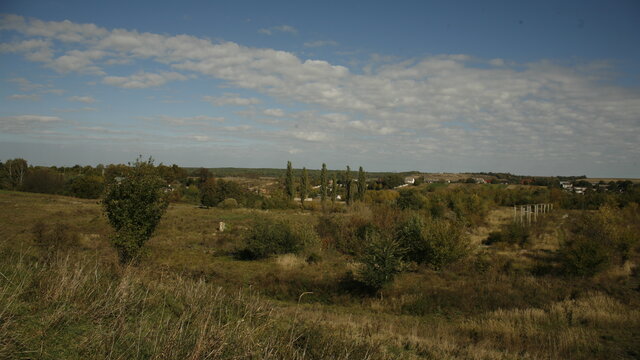
Blind Spot – The Holocaust in Ukraine and German-Jewish Memorial Culture

Editing Project: “A Revolution is Taking Place with an Unknown Outcome.” Four Hamburg Residents Experience the Year 1933. A Look at Contemporary Diaries

Edition of the Diaries of Kurt Fritz Rosenberg (1933–1937)
![[Translate to English:] [Translate to English:]](/fileadmin/_processed_/5/8/csm_ChenKartei_89ec43418b.jpg)
Foreign Jews in Nazi Germany

Fritz Benscher – a Biographical Study
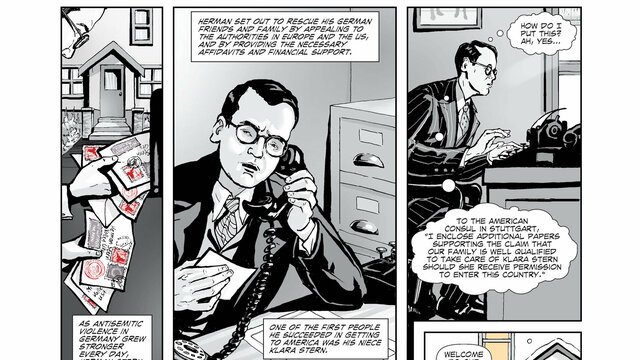
Graphic History. Oberbrechen. A German Village Confronts its Nazi Past

History and sources of the Hamburg Jewish Community (1933 to 1938)
![[Translate to English:] [Translate to English:]](/fileadmin/_processed_/4/a/csm_buecher_49dd995fd3.jpg)
Legitimate Passions. Reflections on Revenge in post-Shoah Jewish literatures

Nazi Looted Assets in the Library of the IGdJ

Stumbling Blocks in Hamburg – Biographical Search for Traces

The Holocaust in Hungary and the Deportations to Northern Germany

Visualizing the Past – Creating the Future

Vor dem Pogrom. Antizipierte Gewalt in der modernen jüdischen Geschichte

Contemporary History and Contemporary Studies
The research focus on the reconstruction of Jewish life in Germany after 1945 deliberately includes present-day issues and challenges. When examining the central developments of recent years until the present day, contemporary history is combined with contemporary studies. Particular importance is attached to the various Jewish migration and remigration movements, which have contributed significantly to the existence and transformation of the Jewish community in this country. Against this backdrop, various research projects are devoted to the return of different religious Jewish currents and their forms of institutionalization, the pluralization of Jewish communities of remembrance, and the tension between secular and religious Jewish affiliations under the conditions of an individualized modern society from historical, social, and cultural studies perspectives.
relevant Research Projects

Blind Spot – The Holocaust in Ukraine and German-Jewish Memorial Culture

Fascination and Foreignness – The German-Jewish Circus Companies Blumenfeld and Strassburger from the Kaiserreich to the Post-War Period

Graphic History. Oberbrechen. A German Village Confronts its Nazi Past
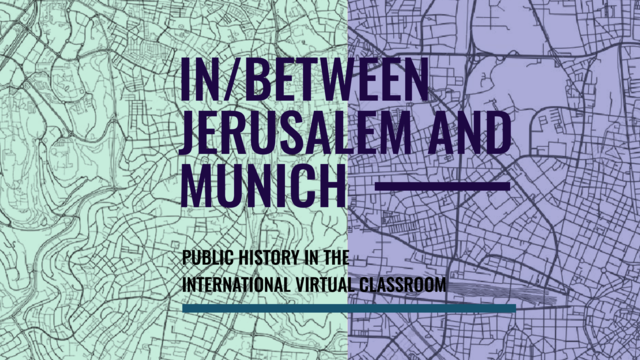
In/Between... Public History in the International Virtual Classroom

Lebenswirklichkeiten – Junge russischsprachige Juden in der deutschen Einwanderungsgesellschaft
![[Translate to English:] [Translate to English:]](/fileadmin/_processed_/4/a/csm_buecher_49dd995fd3.jpg)
Legitimate Passions. Reflections on Revenge in post-Shoah Jewish literatures
![[Translate to English:] [Translate to English:]](/fileadmin/_processed_/9/b/csm_Living_the_German_Revolution_553d3e92d2.jpg)
Living the German Revolution 1918/19. Expectations, Experiences, Responses

Nazi Looted Assets in the Library of the IGdJ

Persian Jews in Hamburg (1950–2000)

Religiously Coded Constructions of Difference – Jewish Perspectives

Stumbling Blocks in Hamburg – Biographical Search for Traces



